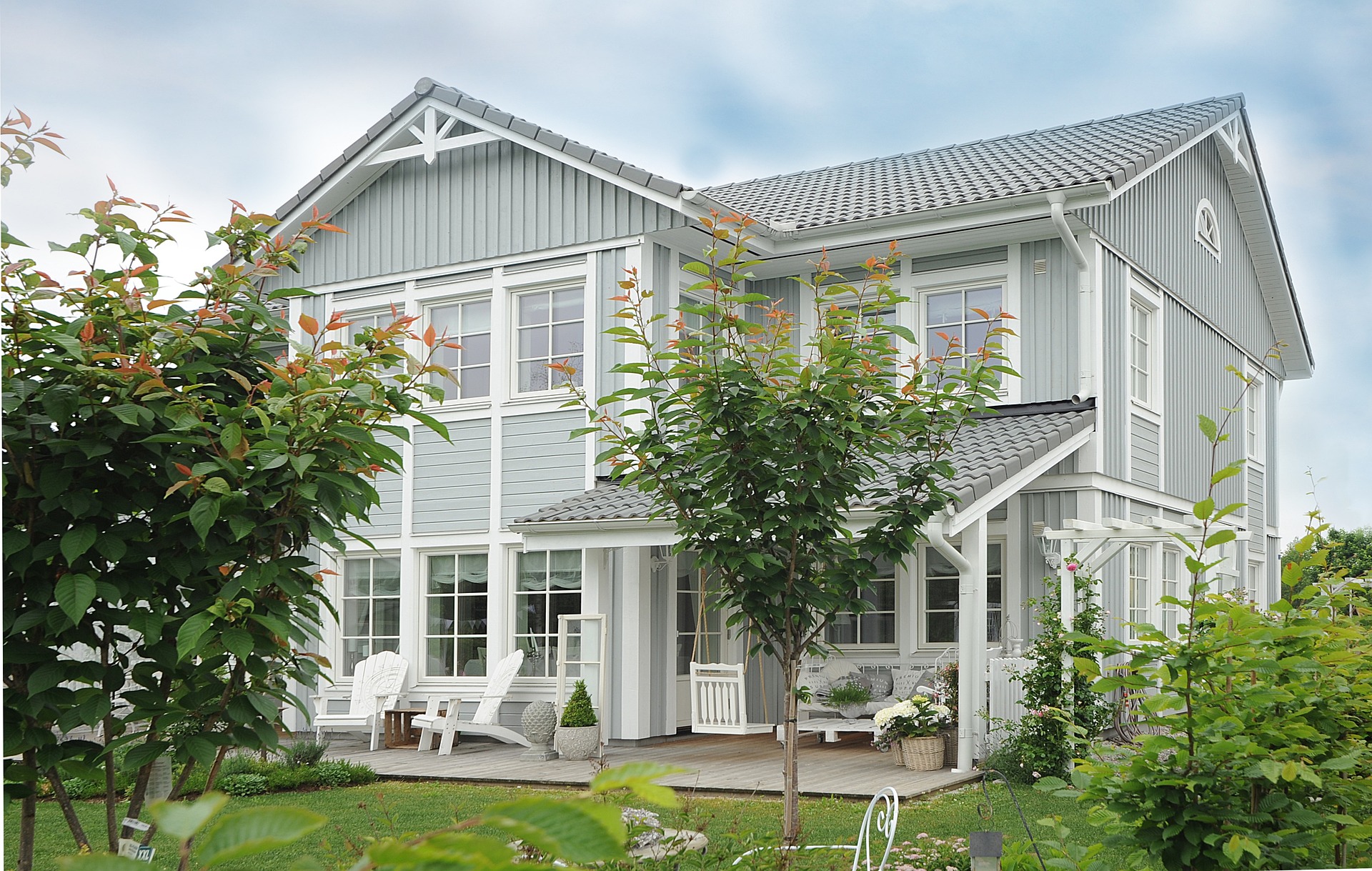Covered Terraces: A Complete Guide to Outdoor Living Spaces
A covered terrace transforms your outdoor space into a versatile living area that can be enjoyed throughout the year. These architectural features combine the comfort of indoor spaces with the freshness of the outdoors, providing protection from sun, rain, and other elements while maintaining an open-air feel. Whether attached to your home or freestanding in your garden, covered terraces have become increasingly popular for their ability to extend living space and enhance property value.

Materials and Construction Considerations
The choice of materials significantly impacts both the aesthetics and durability of your covered terrace. Common roofing materials include polycarbonate panels, tempered glass, metal sheets, and traditional tiles. Support structures can be built using treated wood, aluminum, steel, or composite materials. Each option offers different benefits in terms of maintenance requirements, weather resistance, and visual appeal.
Cost and Investment Overview
Creating a covered terrace represents a significant home improvement investment. Basic covered terrace structures typically start at $3,000, while more elaborate designs with premium materials and features can exceed $30,000.
| Structure Type | Average Cost Range | Features |
|---|---|---|
| Basic Pergola Cover | $3,000 - $8,000 | Simple roof, basic materials |
| Mid-Range Terrace Cover | $8,000 - $15,000 | Solid roof, lighting, fans |
| Premium Installation | $15,000 - $30,000+ | Custom design, high-end materials |
Prices, rates, or cost estimates mentioned in this article are based on the latest available information but may change over time. Independent research is advised before making financial decisions.
Maintenance and Care Requirements
Regular maintenance ensures the longevity of your covered terrace. Key maintenance tasks include cleaning the roof surface, checking for water drainage issues, inspecting structural components, and treating wooden elements to prevent decay. Seasonal inspections help identify potential problems before they become serious issues.
Benefits and Practical Applications
A covered terrace offers numerous advantages beyond weather protection. It creates an ideal space for outdoor dining, entertainment, and relaxation. The structure can support climbing plants, providing natural shade and aesthetic appeal. Additionally, a well-designed covered terrace can reduce energy costs by shading interior spaces from direct sunlight during summer months while allowing natural light during winter.
Planning and Permits
Before construction begins, consider local building codes and permit requirements. Many jurisdictions require specific clearances, structural specifications, and proper drainage plans. Working with experienced contractors who understand local regulations helps ensure your covered terrace meets all necessary requirements while achieving your desired functionality and aesthetic goals.






